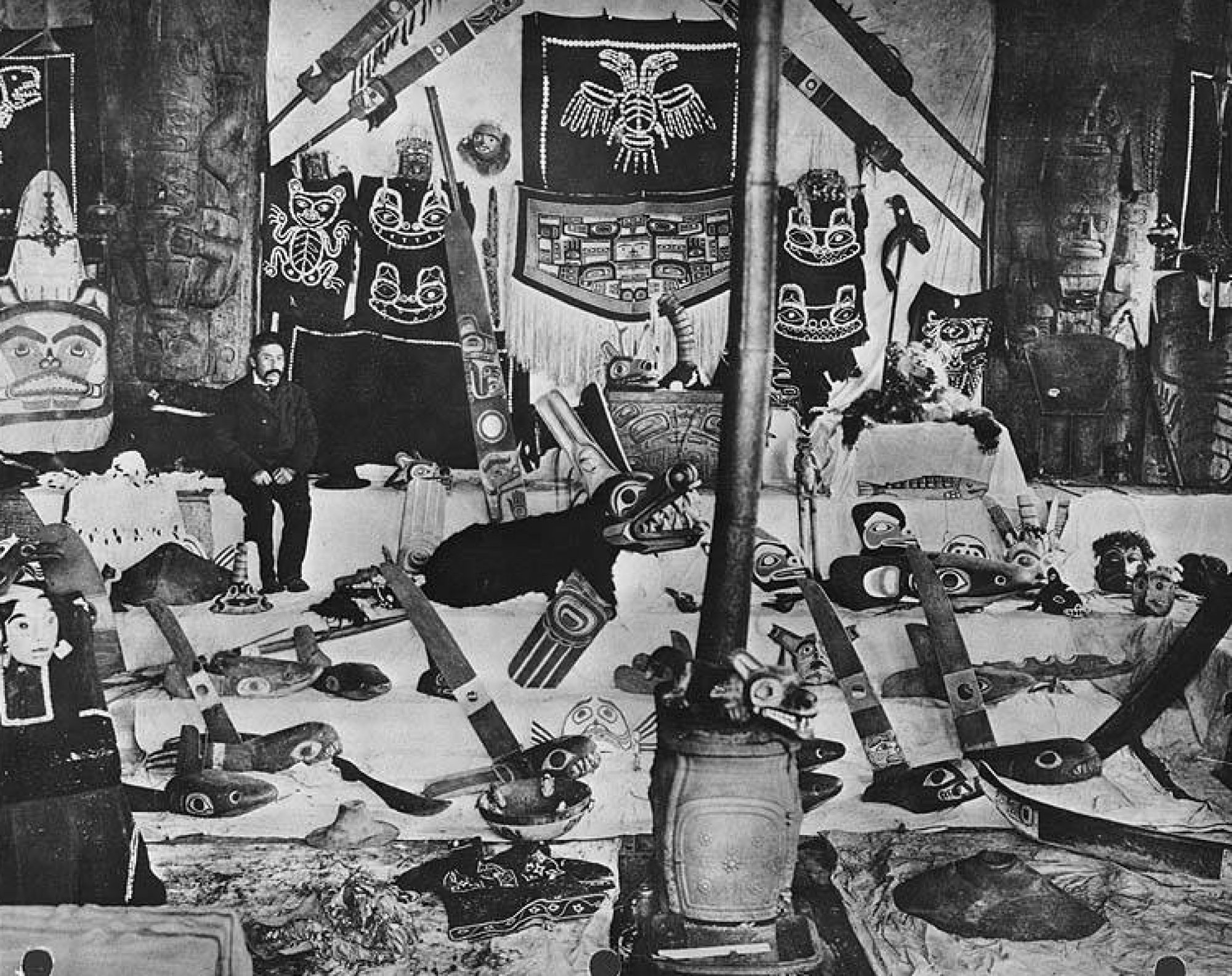Biographical Timeline | Leadership Qualities | ND Voting Rights| References
In the last decade, North Dakota has been on the center stage when discussing Voter ID laws in the United States. In 2011 the state was accused of redistricting a legislative district to strengthen republican votes and dilute the influence of African American voters. Since this time, North Dakota has seen multiple lawsuits regarding various voting law violations. This voting injustice was made worse in 2013 when the United States supreme court voted for Shelby County v. Holder that took out a key part of the Voting Rights Act, which held certain jurisdictions with a history of discrimination accountable. These jurisdictions had to submit any proposed changes in voting procedures to the U.S. to ensure equal opportunity.
As North Dakota has faced multiple voter ID lawsuits, one in particular came from seven Native Americans: Richard Brakebill, Deloris Baker, Dorothy Herman, Della Merrick, Elvis Norquay, Ray Norquay, and Lucille Vivier. All of which had voted in the past but were denied due to the new state regulations of presenting a valid ID. Most notably was Richard Brakebill who was represented by the Native American Rights Fund (NAFR) in 2016 claiming North Dakota was disenfranchising Native American voters.
This lawsuit was grounded in the claim that these new laws excluded Indigenous votes. The new state law required all citizens to provide present identification with a residential street address, which is against state and federal law. Many reservations do not have proper identification of streets due to the state failing to assign residential street addresses. Lack of state-issued identification of reservations street addresses and restrictions by voting laws showed the state of North Dakota’s disregard for Indigenous votes. These two forces working in collaboration led to many Indigenous voters cornered and unable to cast their votes.
In 2018 NARF and Campaign Legal Center (CLC) filed separate lawsuits on behalf of the Spirit Lake Tribe. In 2019 there were 5,868 residents of the Standing Rock Sioux Tribe that were affected by this new voter law which lead to them joining the Spirit Lake Tribe’s lawsuit to ensure their people were not discriminated against. In 2020 the Secretary of State has agreed to settle the voter ID lawsuit by allowing tribal ID’s to be used as proper identification. Additionally, the Secretary of State has entered a binding consent decree which guarantees that Native American voters do not need to know nor have a residential street address to be able to vote. This agreement from the Secretary of State leaves many Indigenous nations of North Dakota hopeful that their voting rights will be respected and valued.
After WWII began in 1939, many Alaskan Natives either signed up for the draft, or became a part of the Alaska National Guard. In fact, a disproportionate amount of Indigenous peoples across the United States and Canada fought alongside their respective colonizing nations in wars, even though their citizenship as Native Americans was only granted in 1924, and they were still treated as second class citizens. Seeing the valiant efforts of her Tlingit brothers in the WWII efforts sparked the unrest inside Elizabeth and Roy’s hearts upon seeing how Alaskan Natives were treated by whites in the territory. Elizabeth understood the similar feeling of Indigenous nations across North Dakota, as the United States government placed indigenous peoples in a corner where they had to compromise their rights.
This Piece was Made by Elizabeth’s eldest son to honor her as a Native American civil rights leader. She is dressed in an evening wrap as he remembers her on the night the first Anti-Discrimination Bill was passed on February 16th, 1945.
“No Natives Allowed” signs were blaringly disrespectful when many of those Native men had laid down their lives for the freedom of the United States. Voting rights for Alaskan Natives was the birth of Elizabeth’s fight against discrimination. Many Alaskan Natives were still unable to vote, years after being granted citizenship. Part of Elizabeth’s work, and the ANB and ANS work as a whole, fought against such disparities. Roy Peratrovich Jr. in the book, Fighter in Velvet Gloves, states that, “Both the ANB and the ANS worked to advance Native rights throughout Southeast Alaska and to support improvements in educational opportunities, employment, social services, health services, and housing for all Alaska Native people.” With that being said Elizabeth, if she was faced with the voter ID laws in North Dakota, would take a similar stance against those in power as she did in her time. If Elizabeth was still alive today, she would be very proud of the hard work of all of the Indigenous leaders across North Dakota as they too navigated the United States legal system and ultimately pressured the Secretary of State to grant them their rights. Just as Elizabeth is depicted on the night of her victory in the piece above, North Dakota should celebrate their victory, and acknowledge this as one step toward for Indigenous rights.

